Holla readers and prestigious fellow bloggers, hope you are good?. it has been awhile, after about 8 months of waiting i and my family decided to harvest our cassava farm which is located in our compound, A cassava farm that spreads across about half plot of land.
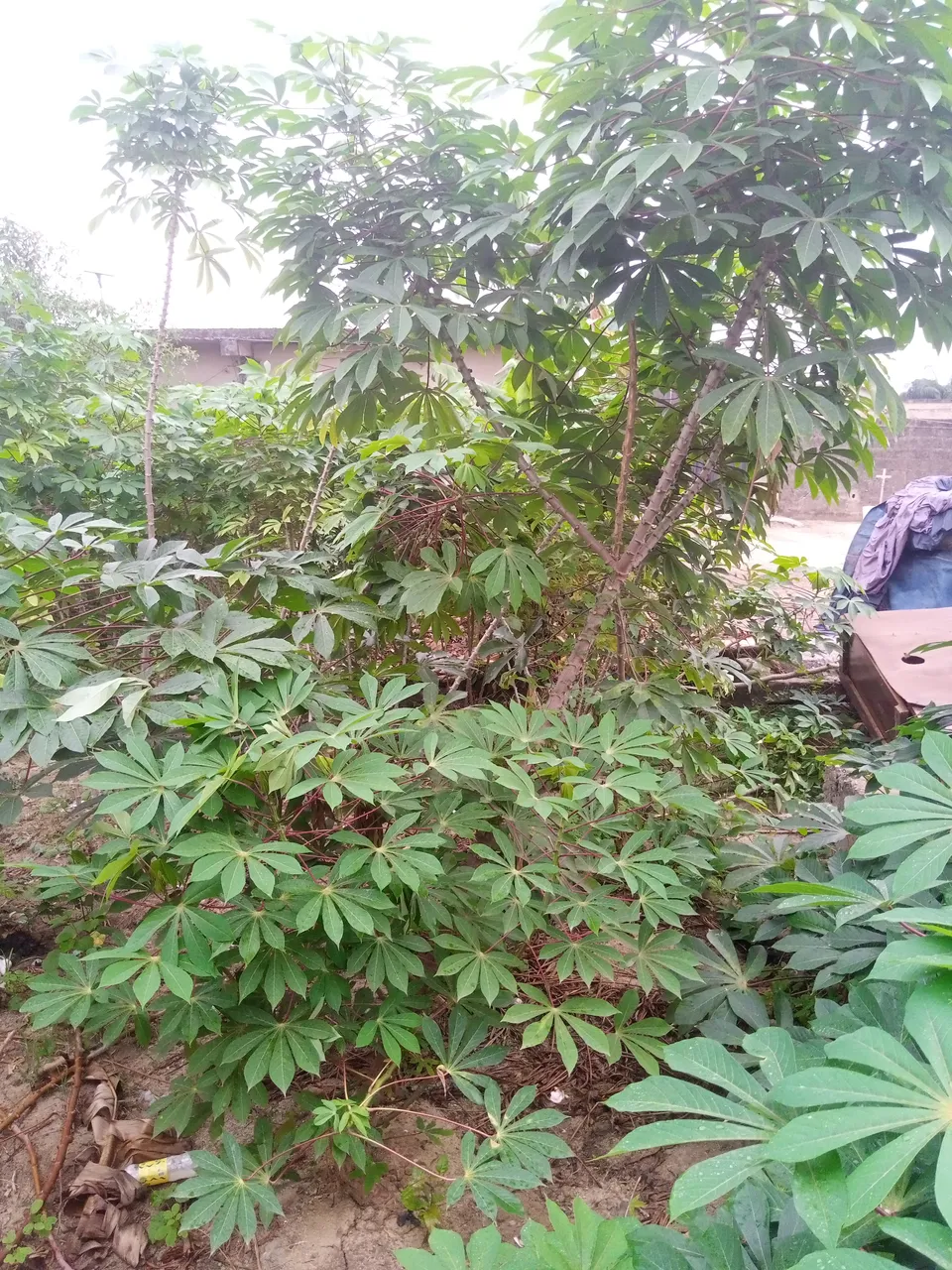 |  |
|---|
After the long wait and preparation last week Saturday, I and my siblings decided to harvest the cassava farm. unlike other crops, cassava crops are found underground which involves the usage of digging materials, but there are some things you need to look out for before and while harvesting cassava
 | 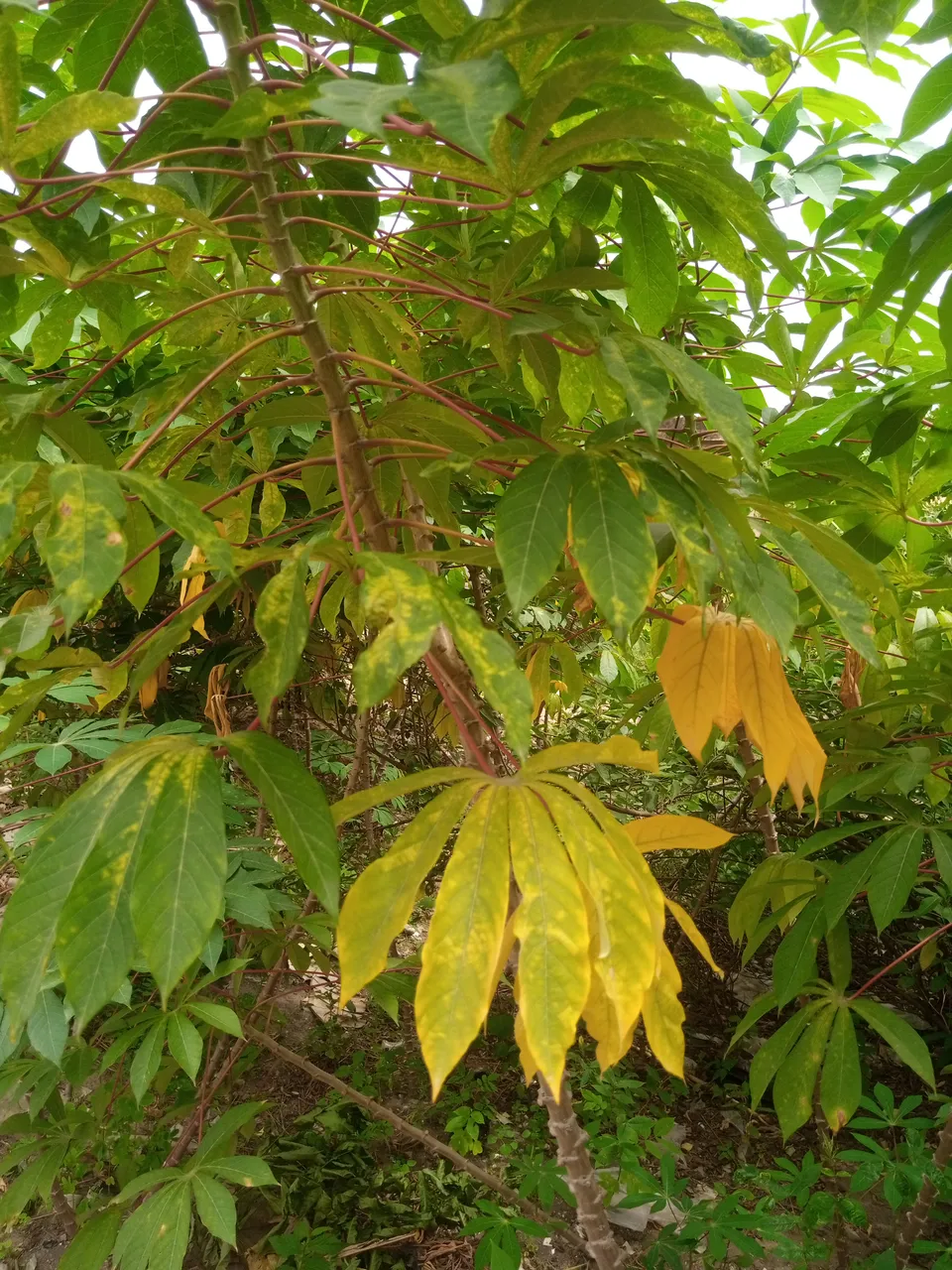 |
|---|
Firstly, cassava plant has indication that shows that it is ready for harvest, though the numbers of months cassava plants takes before harvest varies depending on the type of cassava you planted, this type is mostly know as "yam cassava" because apart from various things cassava can be used for this type of cassava can be consumed in form of yam, that is why we call it yam cassava and it doesn't take as long as the other types of cassava plant. so before embarking on the harvest you must watch out for the reddish leaf. it is an indication that shows the cassava plant is ready for harvest. failure to harvest cassava when it is ready for harvest it will result to the cassava tubers to rotten or other pest will start feeding on it which will reduce productivity
Secondly, it is best to harvest cassava during raining season, cassava crops grows underground and during dry/sunny season the ground will be too hard to penetrate or dig through, though there are methods to make harvest easy during dry season but it better and more convenient to harvest cassava during raining season season or after rain fall
Harvesting cassava is very easy as long as you know your way around it
 |  |
|---|---|
 |  |
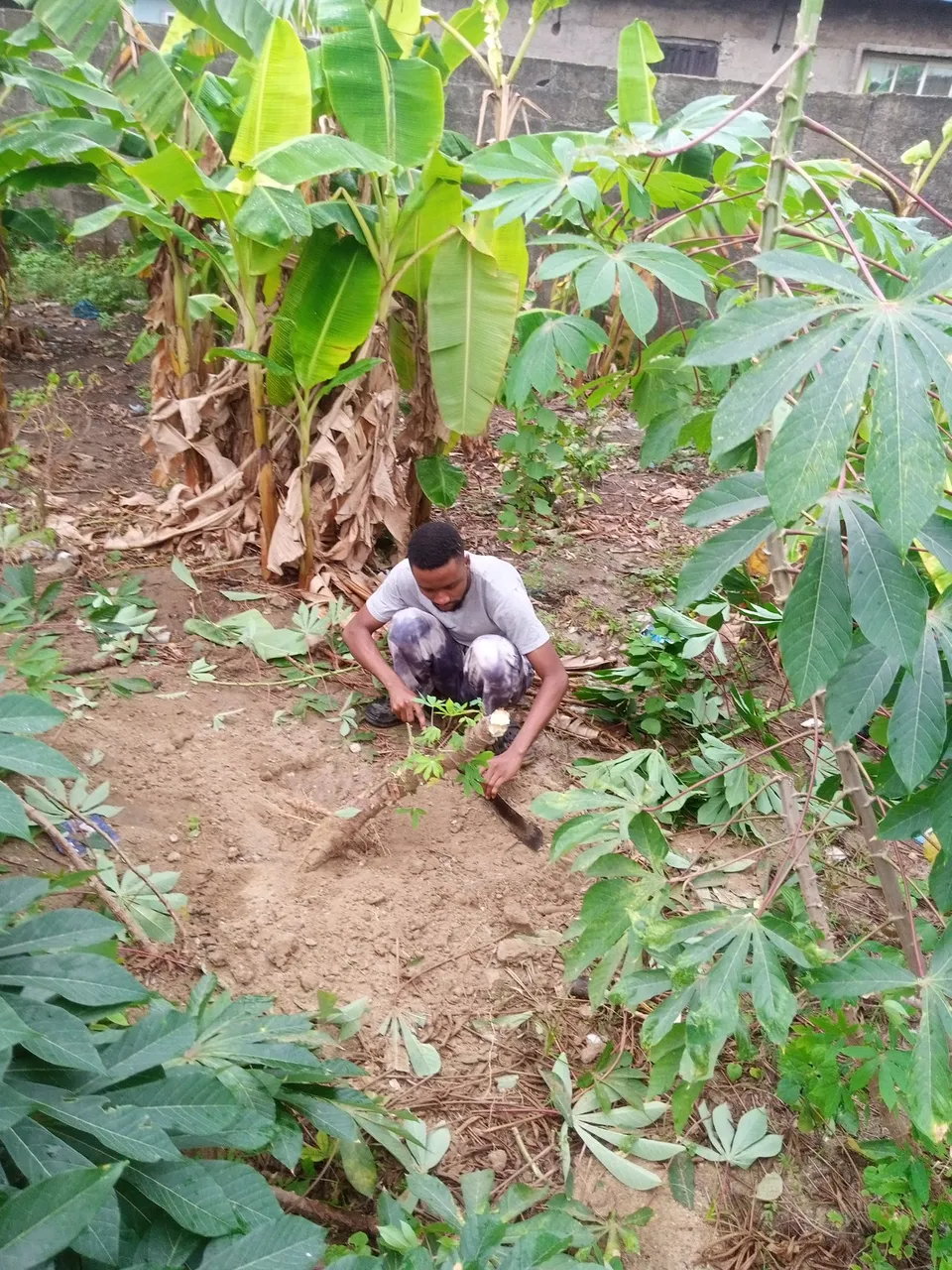 | 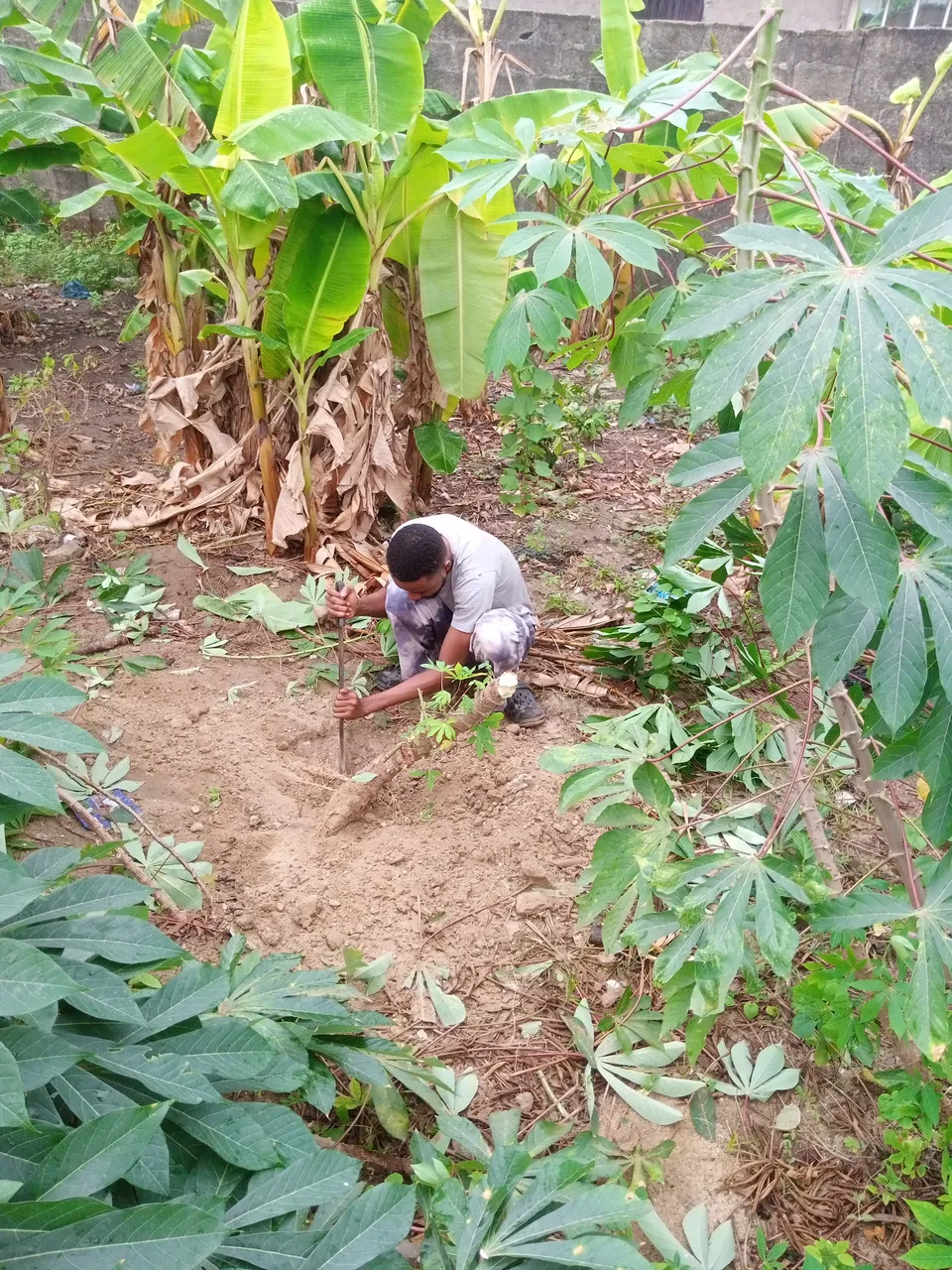 |
|---|
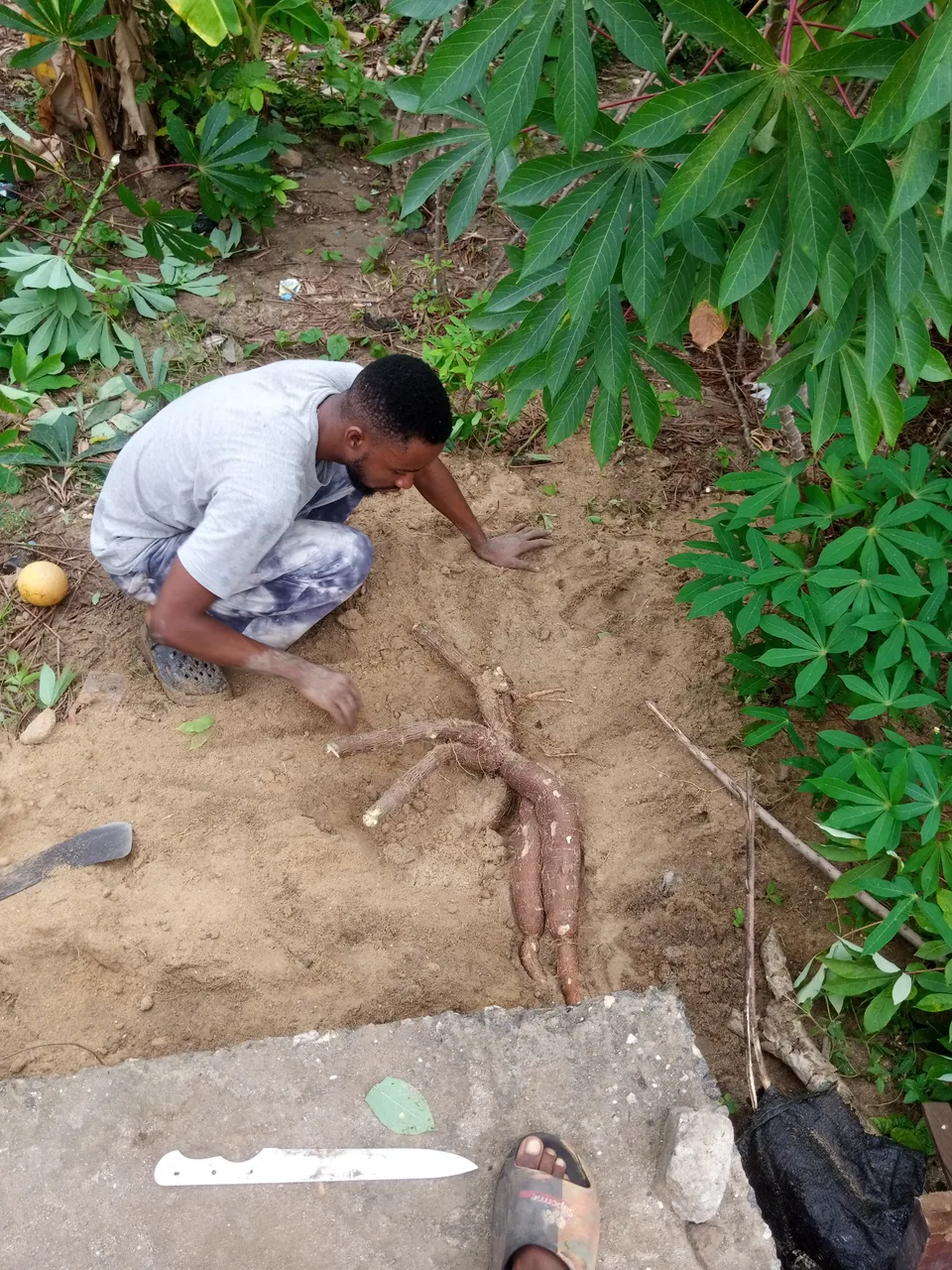 |  |
|---|
while digging you have to be carefully not to dig too deep with the hoe, cutlass or shovel In order not to damage the cassava tubers, it is very soft, sharp objects can easily penetrate through it, dig gently and patiently follow the roots
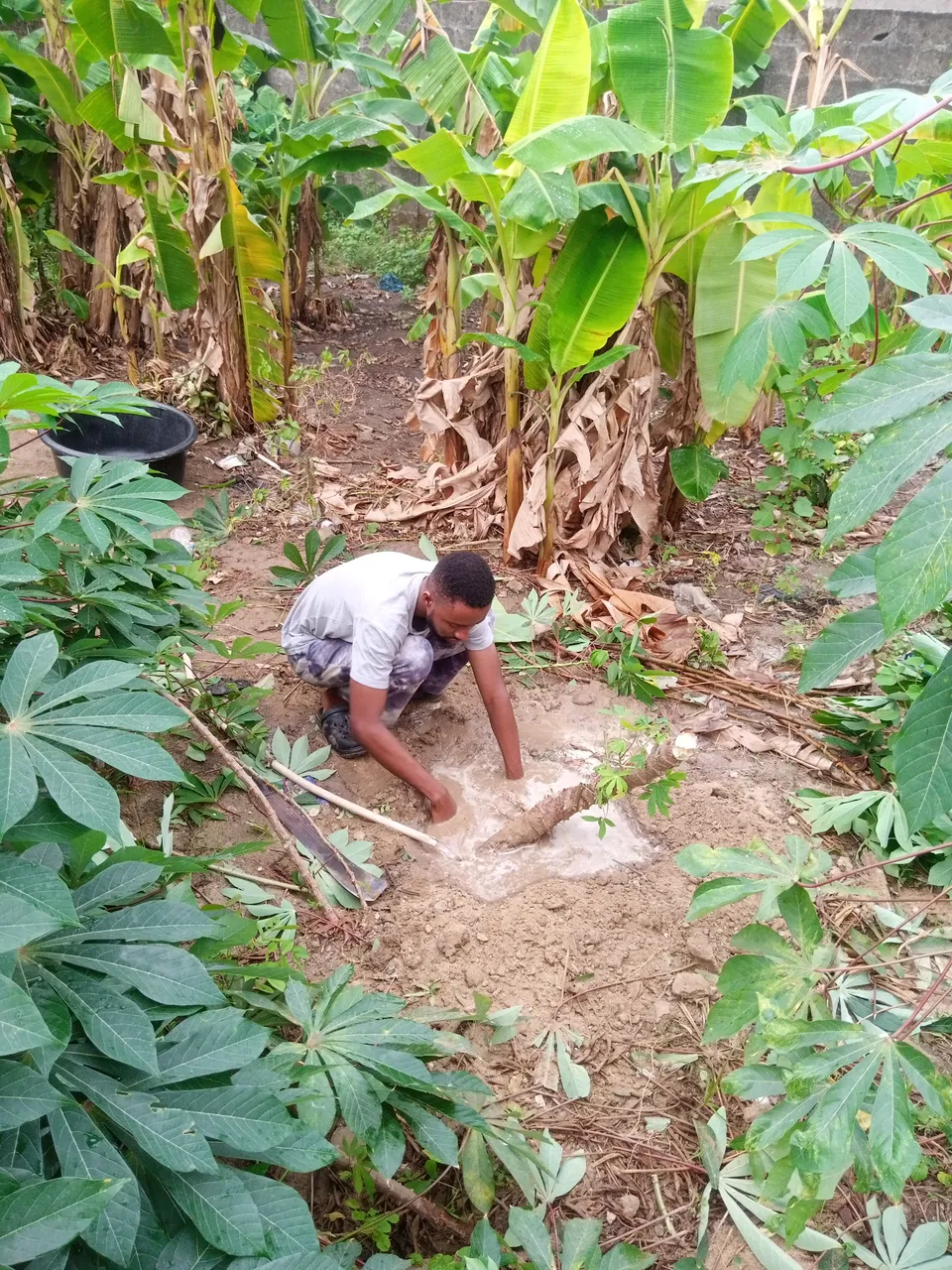 |  |
|---|
In a case where by you discover that the ground is too hard to be dug, you can make use of water to soften the surface
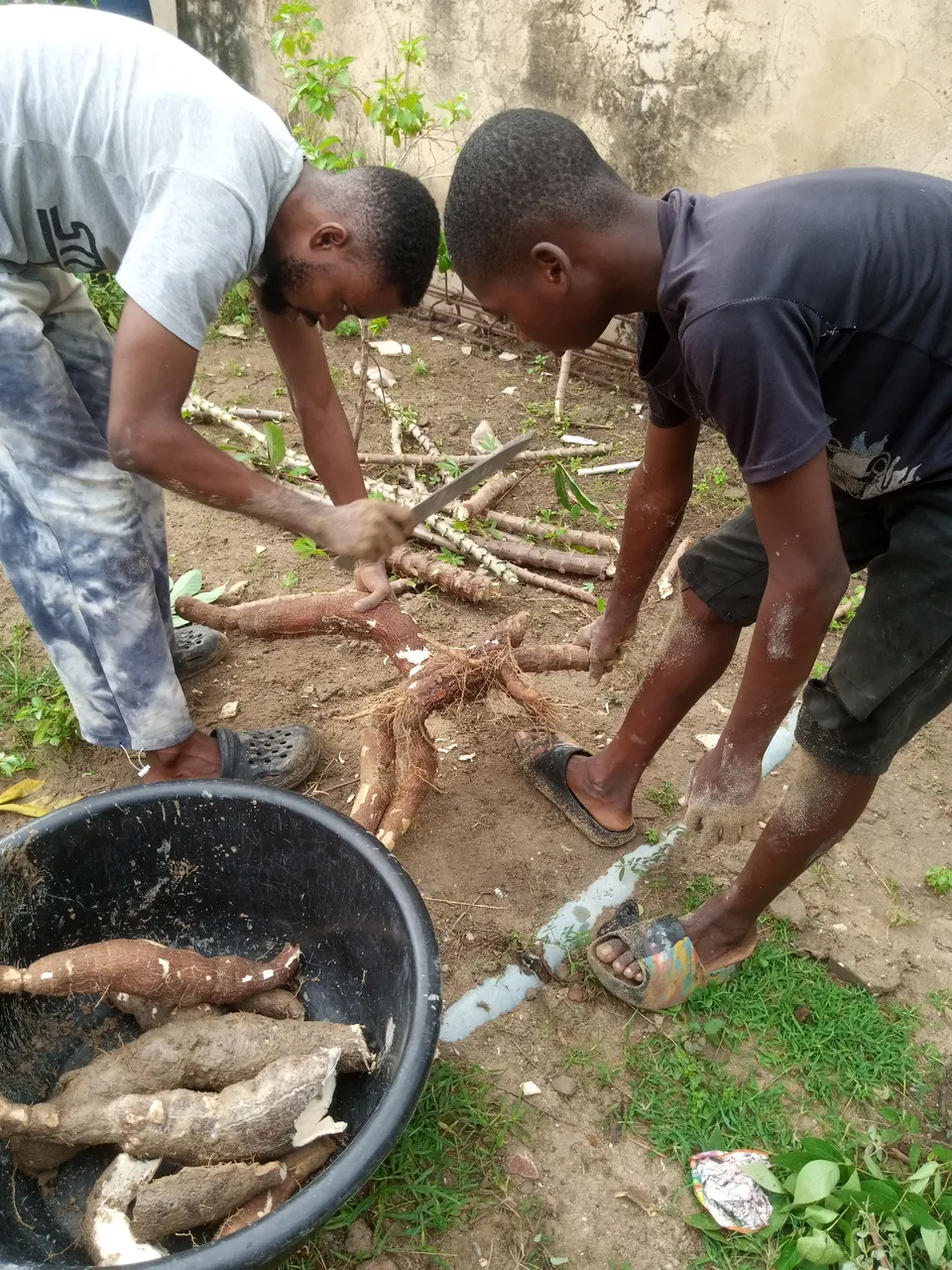 | 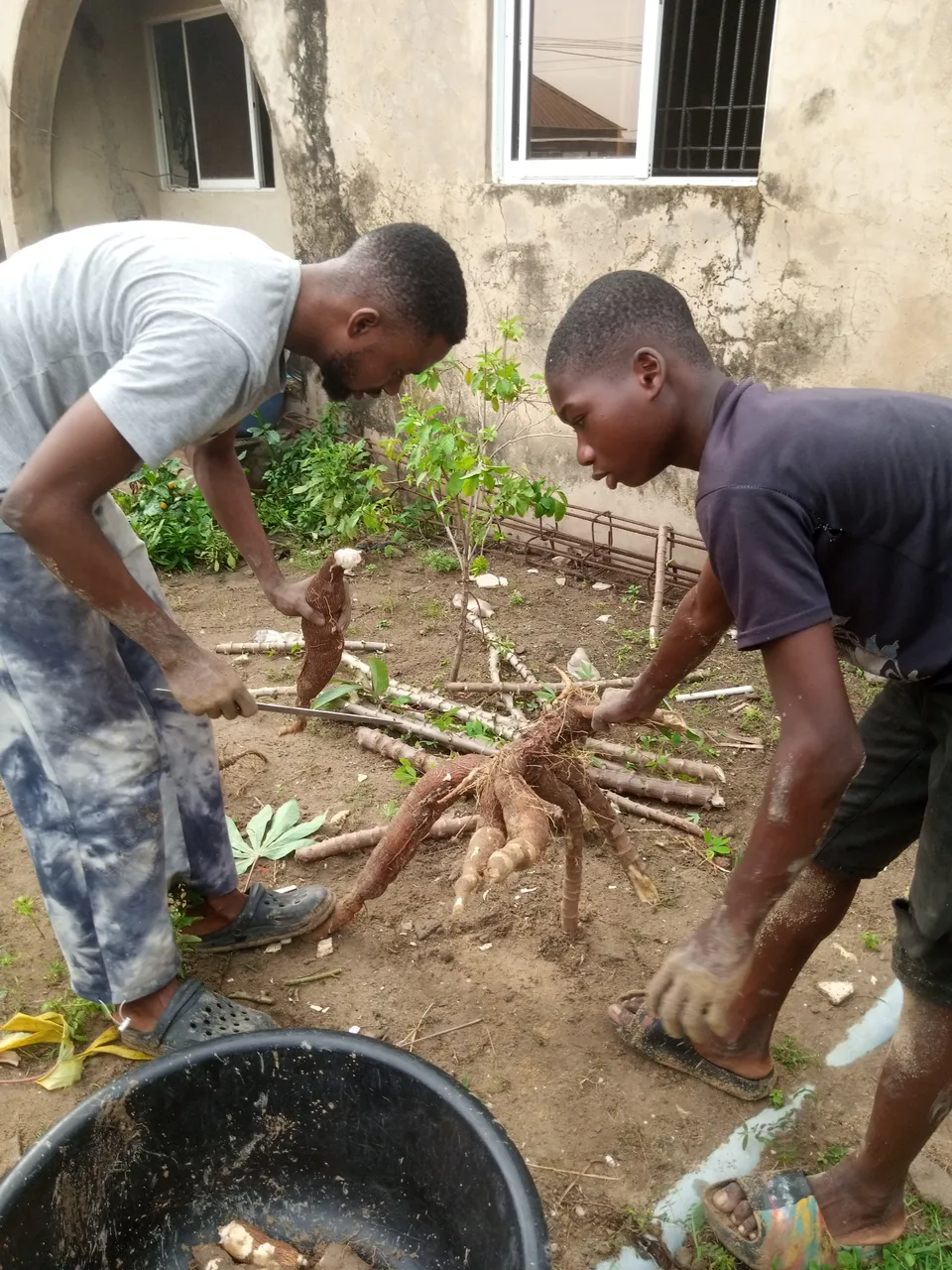 |
|---|
Though the main purpose of our harvest was not to consume it as yam but to blend it into powder to create cassava flour which can be blended or mixed with other yam and plantain substances to create what we call "elubo" and "wheat", popular element for making the naive meal called "Amala"
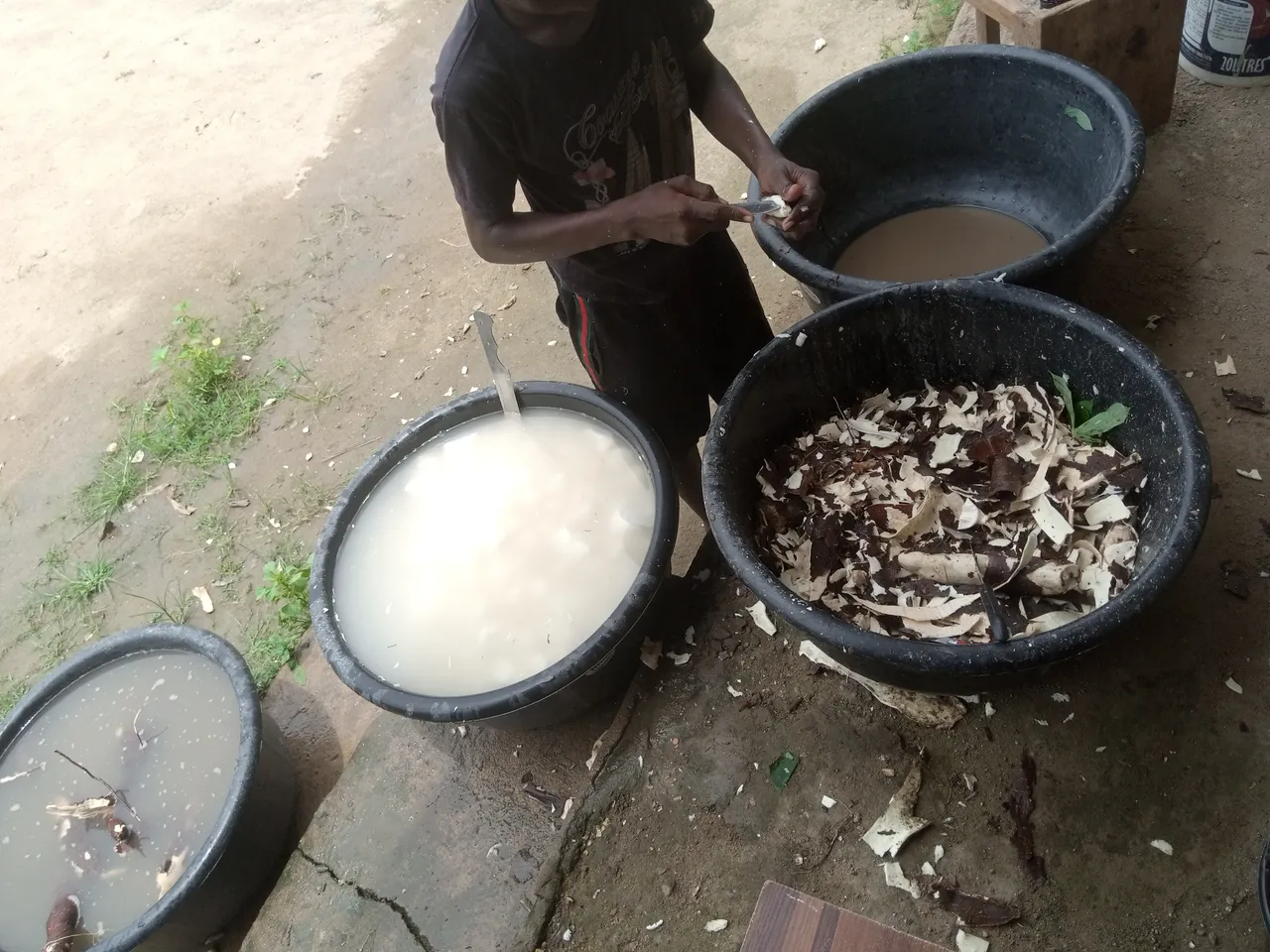 | 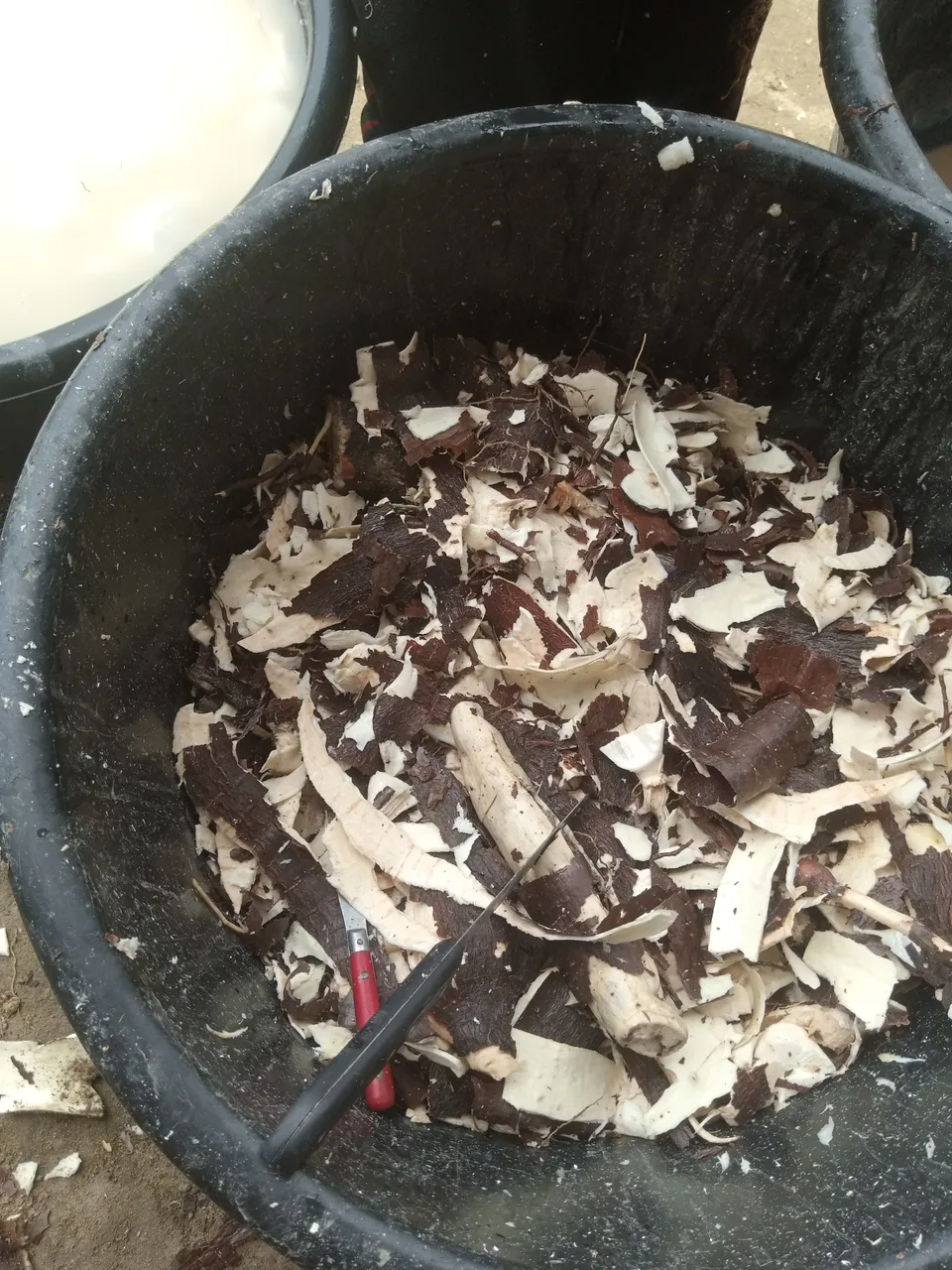 |
|---|
 | 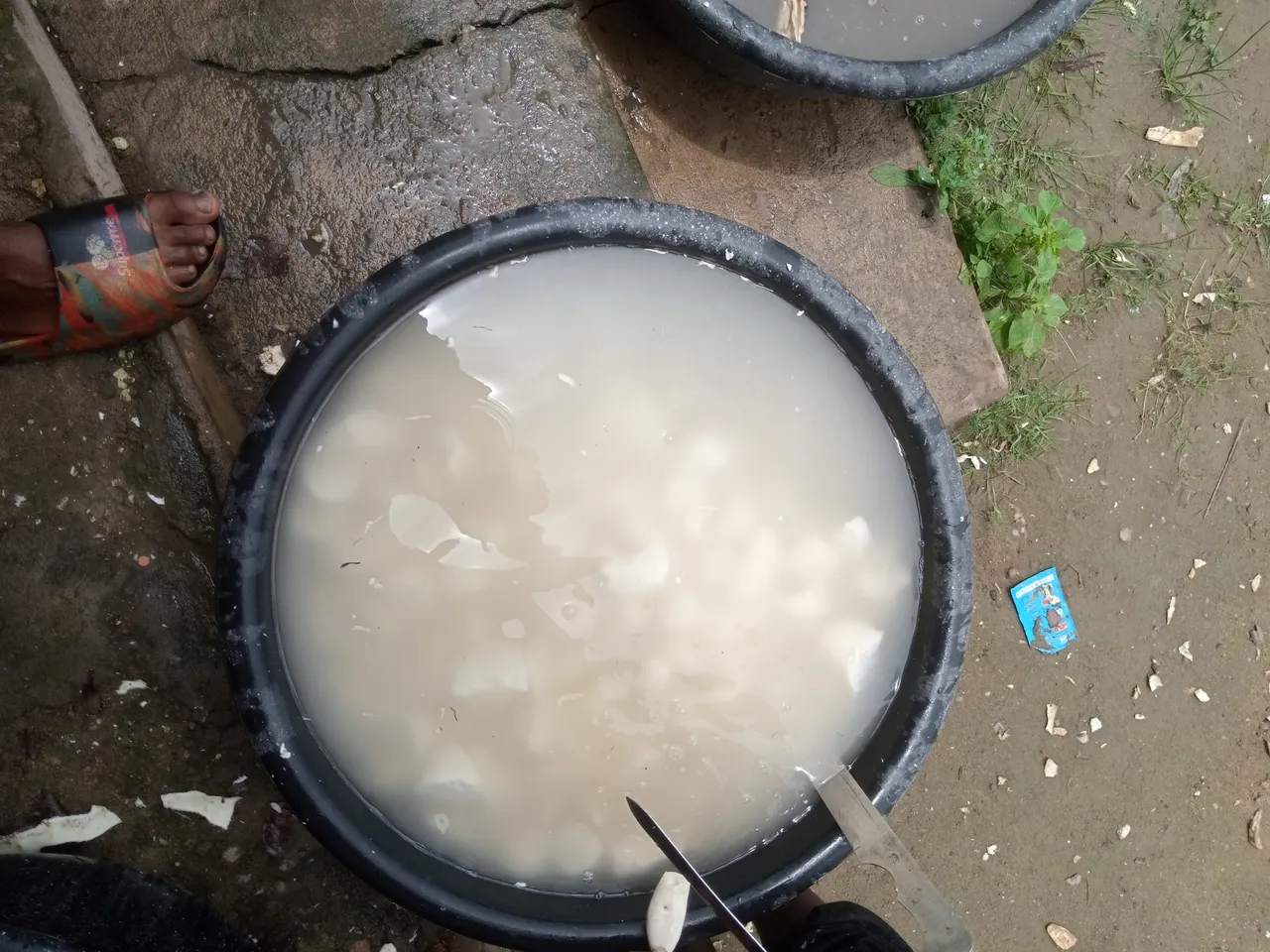 |
|---|
 | 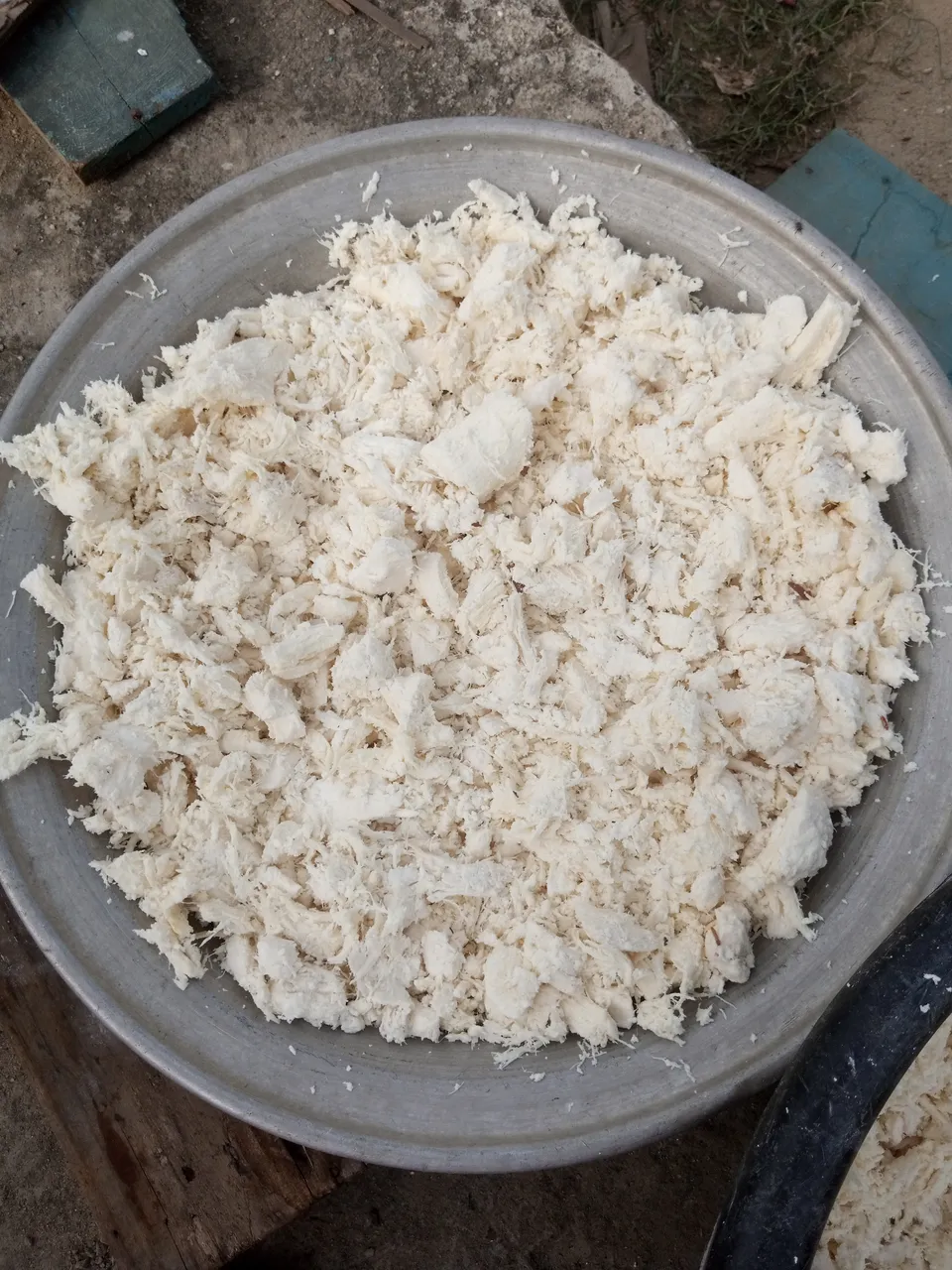 |
|---|
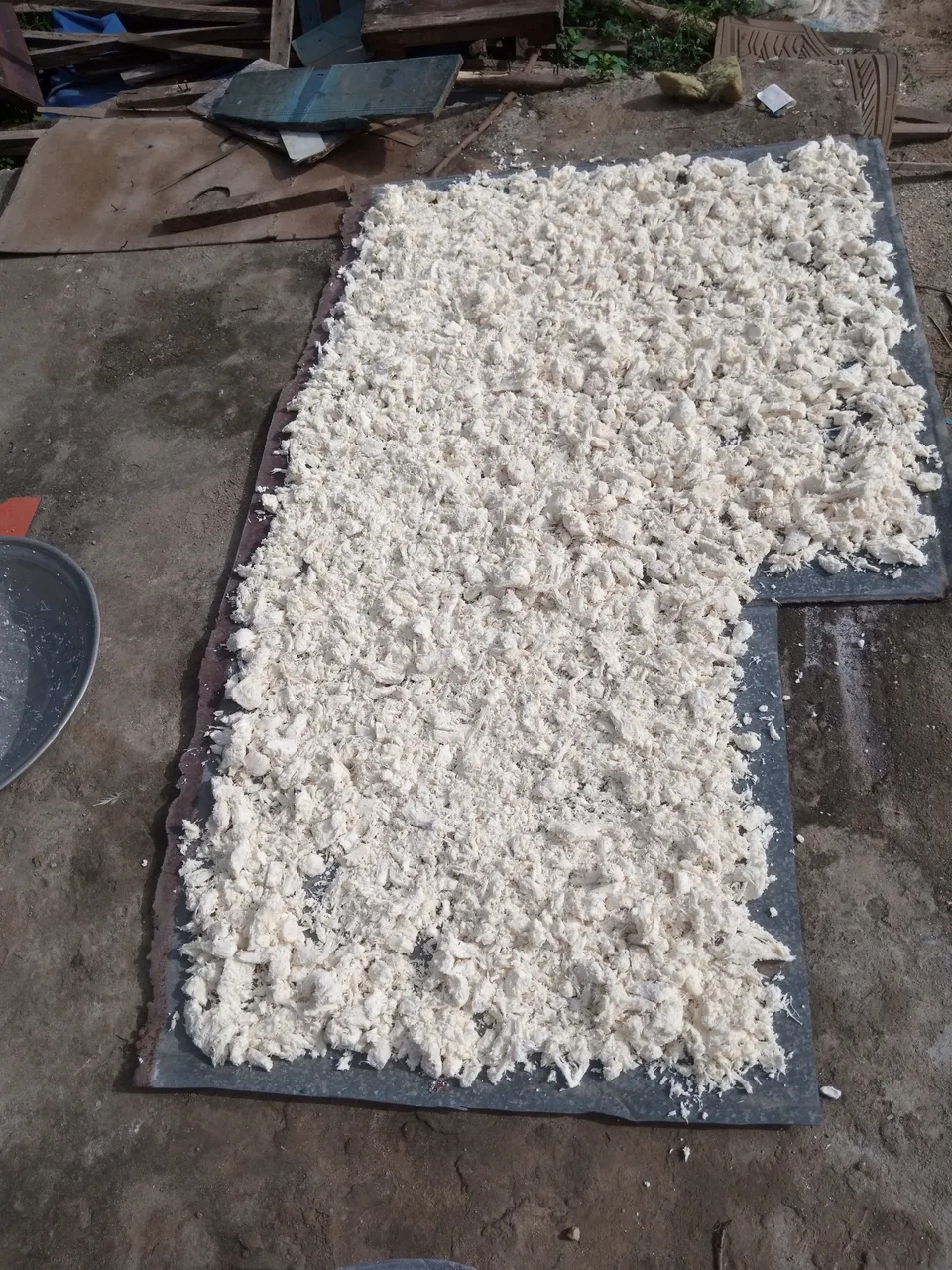
There are about two moresteps remaining to complete the cassava flour making process, but as of this moment the cassava displayed in the pictures is yet to dry up, by next week I will be updating this post for to complete the cassava flour making process.


All pictures are mine except indicated otherwise